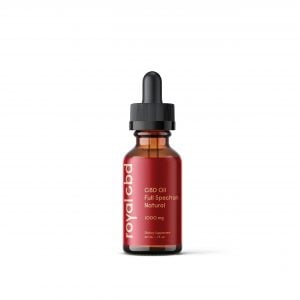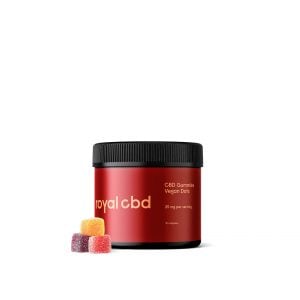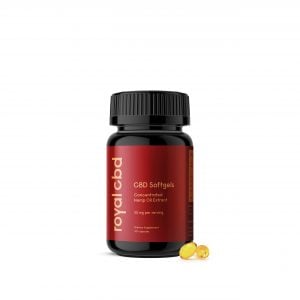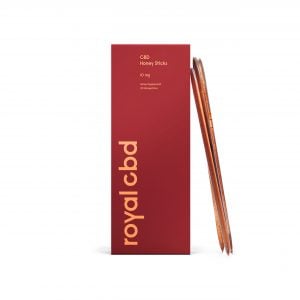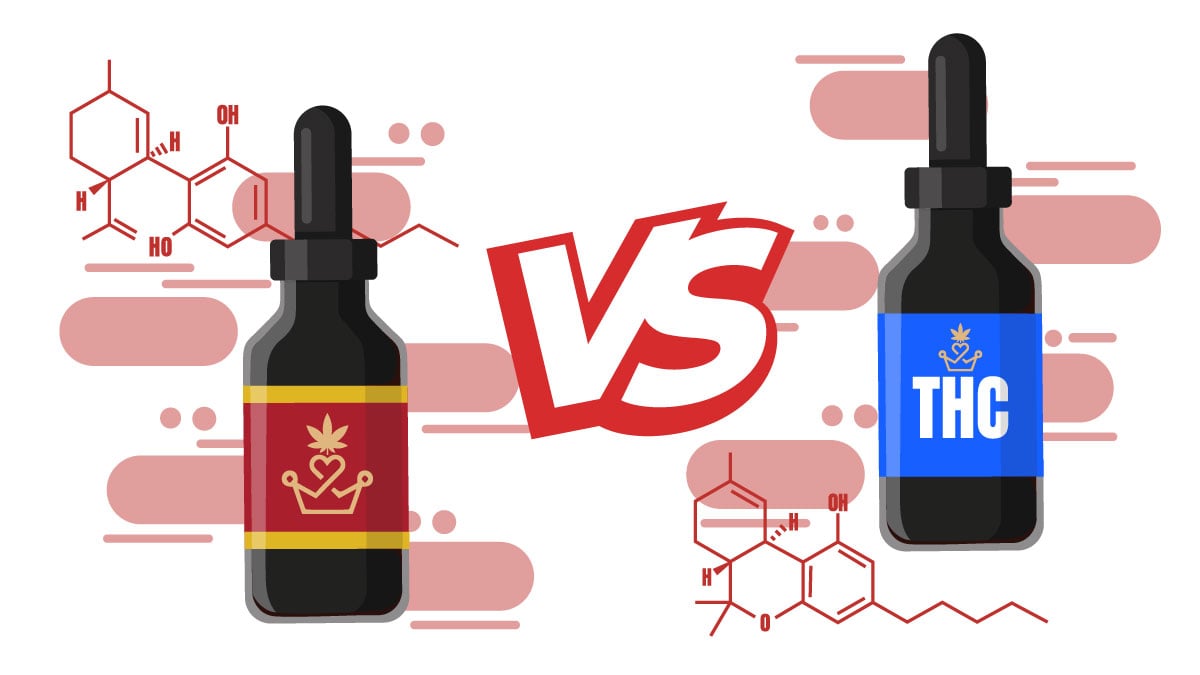If you’ve never heard of terpenes, then you’ve come to the right place.
You don’t even have to be a CBD oil user to consume terpenes.
In fact, this fancy name is used to describe volatile molecules that we all come across in our everyday lives.
You can find terpenes in a vast range of plants, including flowers, fruits, vegetables, and herbs. Cannabis plants are particularly abundant in terpenes. They come as sort of a bundle with cannabinoids. However, terpenes in CBD products don’t always show up after initial extraction.
Sometimes, manufacturers add extra terpenes in different ratios to enhance the benefits of their CBD products. Even if you’re using a highly refined form of CBD such as distillate, you could still be ingesting terpenes.
But why add terpenes to CBD oil in the first place? Why are some brands stressing their importance? Is it a real deal or another way to leverage the price of CBD products?
Continue reading to find out.
What Are Terpenes?
Terpenes are volatile compounds found in plants — responsible for their aromas. You have waffled terpenes every time you’ve come across flowers or smelled a fresh fruit. We are pretty much surrounded by terpenes.
There are several hundreds of different terpenes that exist in the world, and over 200 have been discovered in cannabis plants. However, only a few terpenes in industrial hemp are concentrated enough to be considered significant. Brands sometimes add extra terpenes to CBD oil to support those naturally occurring in the plant’s flowers.
The reason why a person would like to add terpenes to their CBD oil is the extra health benefits they offer. Scientists have been investigating the properties of terpenes for quite a while now, and have come to the conclusion that specific terpenes could have several therapeutic applications.
Terpenes are popular in aromatherapy thanks to their holistic, natural effects.
What Terpenes Are Found in CBD Oil?

Many studies have pointed to terpenes as beneficial for CBD users due to their specific effects on the body. On top of that, they can also contribute to greater efficacy of CBD products — but we’ll get to that later in the article.
Let’s take a look at the most common terpenes found in CBD oil.
1. Limonene
The name should be a clear indicator of where you can find this terpene. Limonene typically occurs in the zest of citrus fruits. Its scent is redolent of lime, orange, and lemon, but there’s more to this terpene than just a refreshing aroma. Limonene is known to have antifungal properties; it may also enhance mood, reduce inflammation, and curb anxiety. Adding limonene to CBD oil can increase the absorption rate of other terpenes.
2. Myrcene
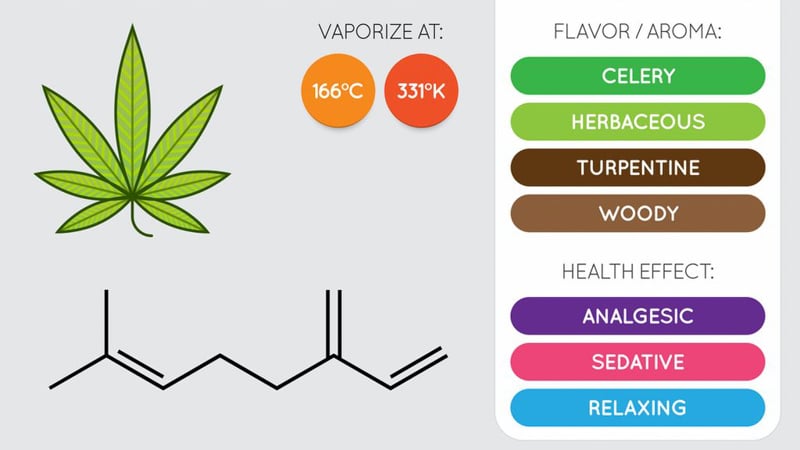
Myrene is another common terpene — with a less obvious name — associated with cannabis. It has a pungent, earthy, and herbal aroma, just like cannabis flowers. Although it’s the smallest terpene, it can produce powerful relaxing effects on the body, leading to feelings of drowsiness. When it comes to the health benefits of myrcene, these include antibacterial and pain-relieving properties.
3. Pinene
The pinene terpene can be found in pine needles as well as in a few citrus fruits. Pinene has been mentioned in traditional Chinese medicine for its therapeutic qualities. It can be used as an anti-inflammatory, antibacterial, and bronchodilator.
4. Linalool
Linalool is another common terpene in cannabis. This molecule is one that produces a delicate floral aroma and is particularly abundant in lavender as well as in chamomile. Brands often infuse CBD topicals with linalool to achieve this lovely scent, but they also add it to CBD oil for a more effective sleep aid and stronger anti-anxiety effects.
5. Caryophyllene
One of the most promising terpenes, caryophyllene occurs naturally in cloves, cinnamon, and black pepper. It gives certain cannabis strains their spicy, woody aromas. The most intriguing trait of this terpene is its ability to interact with the endocannabinoid system in a similar manner to cannabinoids. Moreover, it may produce analgesic and anti-inflammatory effects.
6. Humulene
Humulene is another common terpene in hemp. It may act as an appetite suppressant and anti-inflammatory. As for the aroma, it is redolent of hops, which is where high concentrations of humulene are found too. Other humulene-rich plants include coriander, cloves, and basil.
7. Terpinolene
Terpinolene gives cannabis plants smokey and woodsy aromas; it can also be found in sage and rosemary and is known for antioxidant, antibacterial, and slightly sedating properties. Scientists have found terpinolene to depress a person’s central nervous system, meaning this terpene can reduce anxiety levels and induce drowsiness.
Are Terpenes the Same as Terpenoids?
When reading about terpenes, you may come across the term “terpenoids.”
Are terpenes the same as terpenoids? And if not, what’s the difference between these two?
Terpenes and terpenoids are a bit different in terms of their molecular structure. Terpenes are the fresh, living version of terpenoids. What you smell when you take a waft near a living cannabis plant is the terpene bouquet secreted in the resinous glands of its lowers. Terpenoids, on the other hand, are formed when you dry and cure the cannabis flower. Ultimately, these two processes change the way these molecules transform.
Terpenoids are commonly used outside of cannabis for their scents. People infuse terpenes into different ingredients to create spices, perfumes, and essential oils. However, a growing body of research is showing that terpenoids are important players in modulating the effects of cannabinoids.
Recent studies have shown that terpenes can change, increase, or lower the duration and intensity of the effects coming from a specific strain on top of influencing the smell and flavor of buds. In other words, without terpenes, the effects of different high-CBD strains would be bland and lack additional health benefits.
Why Add Terpenes to CBD Oil?
As you can see from the above paragraph, terpenes are extremely important in cannabis. Not only can they tailor the experience of CBD oil users, but they can also enhance the effects of the major cannabinoids. Many users find CBD oil with terpenes more beneficial than a product based on distillates or isolates.
For example, when you add terpenes such as linalool and myrcene, the product will have more relaxing, sleep-inducing qualities. On the other hand, terpenes like limonene and caryophyllene could provide you with more focus and energy. If you’re looking for specific effects, then you might want to check the lab reports of your CBD oil to see what terpenes are inside your bottle.
Another reason to add terpenes to CBD oil is the entourage effect, which we’ll elaborate on in the next section.
CBD Oil, Terpenes, and the Entourage Effect
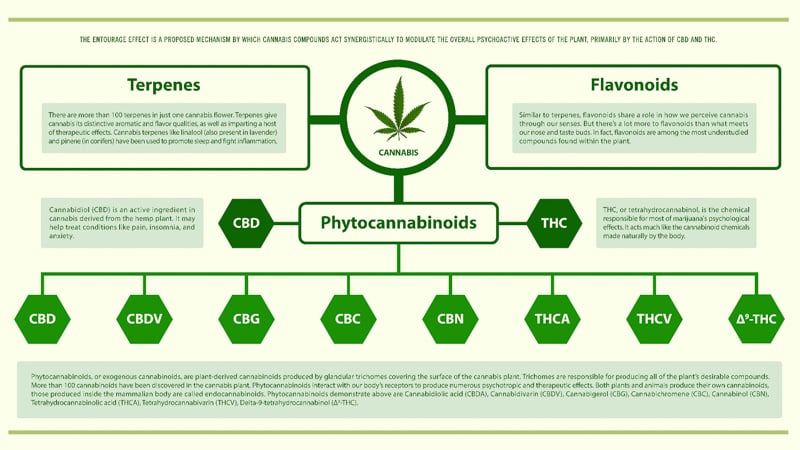
The entourage effect was first brought to light in 1998 by Raphael Mechoulam, an Israeli scientist and the father of cannabis research. The concept was further popularized by another prominent cannabis Ethan Russo in 2011. Dr. Russo published a detailed report in the British Journal of Pharmacology describing the entourage effect in detail.
Simply put, the entourage effect refers to synergistic effects achieved by cannabinoids, terpenes, and flavonoids found in cannabis. For example, limonene helps the body to absorb other terpenes more efficiently, and caryophyllene is thought to interact with cannabinoid receptors directly.
That’s why different cannabis strains provide different effects. This is caused not only by their cannabinoid ratios — although that plays an important role as well — but mostly thanks to terpenes and their unique qualities. It’s also the reason why many users consider full-spectrum CBD oil superior to CBD isolate.
Key Takeaways on Terpenes: Why Add Them to CBD Oil?
As you can see, terpenes are pretty essential and there’s a good reason why some companies decide to add them to CBD oil. Not only can terpenes influence the effect profile of CBD products, but they also complement and enhance the effects of the major cannabinoids along with the trace ones. Terpenes also contribute to a more aromatic and flavorful product.
At Royal CBD, we use supercritical CO2 extraction, which is the safest and most efficient method to produce CBD oil. It uses CO2 in a special state, which acts as a solvent and pulls the essential compounds from the plant matter — leaving behind a pure and concentrated extract. Since CO2 extraction doesn’t require additional heat or solvents, we can ensure a stable terpene profile in the Royal CBD oils, even in our high-potency variants.
Terpenes are something you should look for when shopping for CBD. Next time you’re browsing different products, make sure to pick full-spectrum oils extracted without invasive methods. Only then will you be able to maximize your results with cannabidiol extracts.
